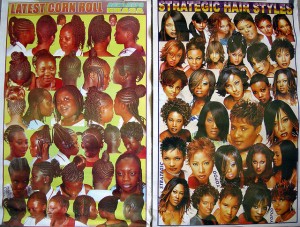 Growing up I had the nattiest, kinkiest, toughest, roughest, driest, most unmanageable hair. No blow drier, no relaxer and no hot comb could tame my unruly fro. It is the curse of the wild black hair. They don’t call them “relaxers” for nothing!
Growing up I had the nattiest, kinkiest, toughest, roughest, driest, most unmanageable hair. No blow drier, no relaxer and no hot comb could tame my unruly fro. It is the curse of the wild black hair. They don’t call them “relaxers” for nothing!
Hair and culture
Hair is an outward expression of culture and heritage. It also represents a sense of personal style. Women’s hair is teased, straightened, crimped, permed, braided – we adorn it with beads and shells and shape it into intricate styles. For the last few centuries, different hair styles have indicated a person’s marital status, age, religion, ethnic identity, wealth and rank within the community.
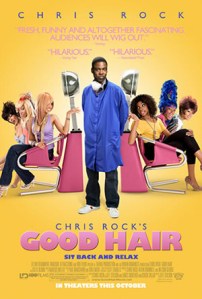 In the very insightful documentary Good Hair by Chris Rock, he estimates that the American black hair industry is valued at about 9 billion dollars. In America, black women make up about 6.5 percent of the population yet they buy up to 40 percent of all hair care products. South Africa’s black hair industry is estimated at $1.1 billion a year. We care a lot about your hair!
In the very insightful documentary Good Hair by Chris Rock, he estimates that the American black hair industry is valued at about 9 billion dollars. In America, black women make up about 6.5 percent of the population yet they buy up to 40 percent of all hair care products. South Africa’s black hair industry is estimated at $1.1 billion a year. We care a lot about your hair!
Byrd and Tharps write in a book – Hair Story: Untangling the Roots of Black Hair in America – that for the Yoruba (an ethnic group in Nigeria), braided hair was a message to the gods. They considered hair a gateway to the spirits because hair occupies the most elevated part on the body. Shaving during slavery was soul destroying because hair was culturally and spiritually significant to African people.

Nuba woman of Sudan
Following slavery, wigs became the fashion, to suit European notions of beauty and straight hair. Then came the Afro. The Afro was a sign of rebellion, pride and differentiation in all things black, powerful and beautiful. The Afro was not just sported in America, even in African countries who were vying for independence the Afro was a symbol of strength.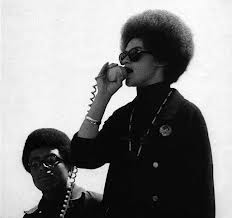
What is hair?
Hair has two parts, the follicle which is in the skin and the shaft which is visible above the head. The hair follicle has several layers with different functions: growth, protection, secretion of sebum –an oily substance that helps prevent hair and skin from drying out.
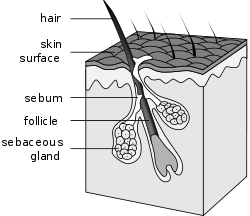
Hair follicle
Hair contains water, lipids, traces of mineral elements and melanin but the main component of hair is a hard protein called keratin. The hair shaft is made of keratin. This protein is actually dead, so the hair that you actually see is dead.
Hair is incredibly strong. Each hair can withstand the strain of 100 grams, meaning that an average head of 120,000 hairs could cope with 12 tons, if the scalp were strong enough!
Hair growth
Hair grows about .3 to .4 mm/day or about 6 inches a year. Hair growth is cyclically with shedding occurring randomly unlike other mammals e.g. dogs which shed seasonally.
Hair growth occurs in the follicle through cells that multiply and differentiate. As these cells migrate to the centre of the hair shaft they become filled with keratin and eventually die. The keratin in the hair shaft is organized into protofibrils which are held together by chemical bonds. It is the reassembly of these chemical bonds that change hair shape. These chemical bonds are reassembled by heat such as when blow drying or using a hot comb or chemically such as during perming.
Hair colour
Melanin is responsible for natural colour of hair. This process occurs in the hair root during hair development. There are two types of melanin: eumelanin (dark) and pheomelanin (light). The level of melanin can vary over time causing a person’s hair to change colour and it is possible to have follicles with different combinations of melanin.
Why is African hair so different?
Did you know that all your hair follicles are developed when you are foetus. By week 22 when you are in mom’s belly you have about five million hair follicles: one million on your head and about 100,000 on your scalp. As we get older our hair density reduces because we do not generate new follicles as our scalp expands. But black people actually have less hair shafts approximately 190 hairs per square centimetre compared to Caucasians who have approximately 227 hairs per square centimetre.
Black hair may appear more dense because of the texture of our hair which is springy and taut. If you look at a cross section of African hair down a microscope, you will notice that it is relatively flat compared to Caucasian hair which is round. This flat cross section may be what renders black hair dry and matte as well as easily prone to breakage when combed and brushed.

Cross section of African hair.
Black hair also grows slower approximately 256 micrometers per day, while Caucasian hair grows at approximately 396 micrometers per day.

Cross section of Caucasian hair
What happens when you relax your hair?
The keratin in hair is arranged in bundles. These bundles are held together by chemical bonds called disulphide bonds. These bonds give the hair strength. Relaxers simply break these disulphide bonds and cap them so that they cannot chemically reform. Classically, hair relaxers use a reducer or a base (the opposite of an acid) such as lye (sodium hydroxide) to break and cap these bonds. Unfortunately, sodium hydroxide can burn your skin and damage your hair. That is why some women opt for no-lye relaxers.
What is the risk of relaxing your hair?
You might be wrong if you think the only risk of relaxing your hair is burning your scalp.
My sister once said to me when I was young girl who desperately wanted a pony tail, those chemicals we put on our hair to make it straight; they must be very strong, who knows maybe they leach into our brain and make us go crazy! My sister was not that far off, studies suggest that black hair care might be toxic. A study published this year showed that black women are more likely to be exposed to hormonally-active chemicals in hair products. These chemicals in black hair products (shampoos, relaxers, conditioners) are known as estrogen and endocrine-disrupting chemicals or EDCs. EDCs are chemicals that may interfere with the body’s hormonal system. They are believed to be linked to reproductive effects and birth defects, breast cancer and heart disease to name a few.
Another study from Boston University followed more than 23,000 pre-menopausal Black American women from 1997 to 2009 and found that hair relaxer use and chemical exposure from scalp lesions and burns may be linked to increased fibroids. Fibroids are non-cancerous growths that develop in the womb. Fibroids are fairly common but black women are particularly suspectible and can experience problems conceiving, pain during intercourse and heavy menstrual flow.
In the end…
Aubrey David-Sivasothy writes in The Science of Black Hair, the two most important things for our hair are products that support protein growth and moisturise our hair. Black women know how tough it is to manage natural hair and to grow longm beautiful natural hair is the ultimate challenge. Natural hair challenges are all the rage. Natural hair challenges are about healthy, longer, stronger hair. Relaxer kits sales have dropped by 17% between 2006 and 2011, according to an industry study.
After disastrous relaxed hair growing up….I now have dreadlocks. I occasionally have nightmares where I wake up with a long luxuriant perm. I love my dreds! I am not one to judge whether you weave it, perm it or braid it as long as it looks good.
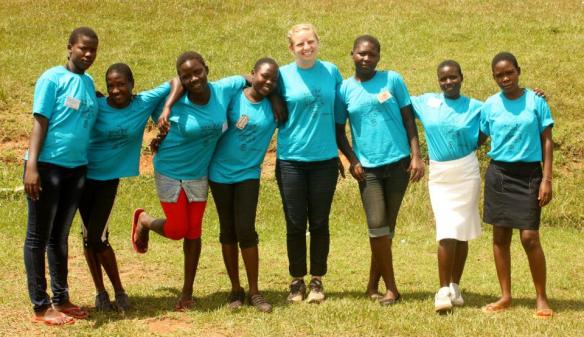 A few weeks ago I got a very lovely email from Alaina Wayland, a Peace Corps Volunteer in Uganda working as a counselor at GirlTech 3.14159, a science and technology camp for Ugandan girls ages 12-20. I am very honoured and extremely touched by this very passionate and inspiring message which I share below.
A few weeks ago I got a very lovely email from Alaina Wayland, a Peace Corps Volunteer in Uganda working as a counselor at GirlTech 3.14159, a science and technology camp for Ugandan girls ages 12-20. I am very honoured and extremely touched by this very passionate and inspiring message which I share below. GirlTech 3.14159 is a Peace Corps Camp which was held the week of August 15, 2014 at Shimoni Primary Teachers College. About 80 girls, ages 12 to 20, from all around Uganda attended the camp where they learned about science and technology, aiming to empower the girls to have confidence in themselves as a scientist and a leader in changing their surrounding world.
GirlTech 3.14159 is a Peace Corps Camp which was held the week of August 15, 2014 at Shimoni Primary Teachers College. About 80 girls, ages 12 to 20, from all around Uganda attended the camp where they learned about science and technology, aiming to empower the girls to have confidence in themselves as a scientist and a leader in changing their surrounding world.
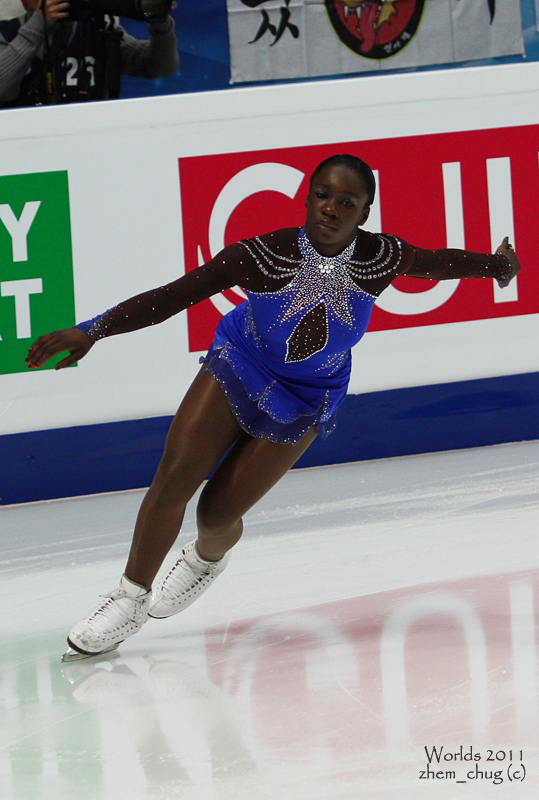

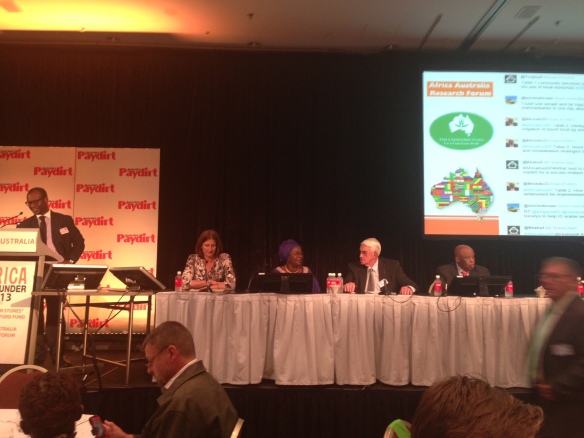
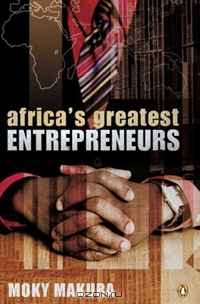

















You must be logged in to post a comment.